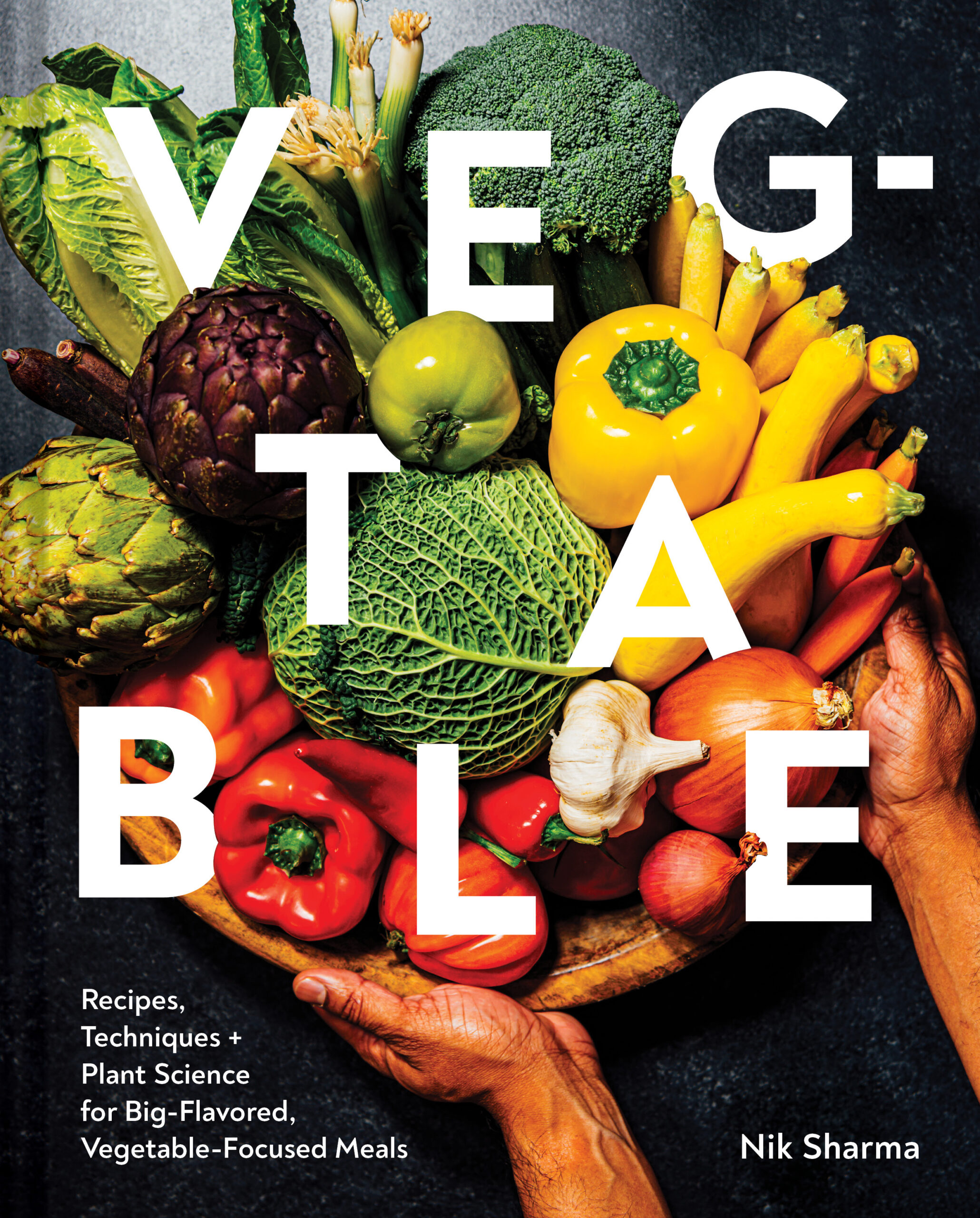
In Indian cooking, saffron is a spice reserved for celebratory occasions, usually used as a garnish and a flavoring agent in pilafs, biryanis, and of course, desserts and drinks. In India, we would use Kashmiri saffron but here in America, I typically use Persian or Saffron. And now, I’ve tried saffron grown in the country of Afghanistan and it is wonderful!
Tahmina International procures and sells saffron grown in Afghanistan by supporting the local farmers and women of the region as a way to improve and transform the economy of this war-afflicted region. To learn more about their production practices and how the saffron is grown, please visit their site. They also have gorgeous photos of saffron at their farms! How is the saffron ? Well, the strands are fine and long, the perfume carries a wonderful fragrance when held close to your nose and the color it imparts a beautiful golden-yellow hue and it works perfect in both savory and sweet dishes. Just remember that like with most floral spices and scents, a little bit goes a very long way.
I used the saffron to make a baked custard seasoned with a bit of ground green cardamom. The result is a creamy dessert that you’ll want to try as soon as it pops out of the oven! The custards I grew up eating were thinner than a puddinglike texture, less firm. In this particular custard recipe, the saffron is first ground to a powder using a mortar and pestle and then added to the milk, there are two reasons for this: you will get a brighter colored custard and flavor but also since the custard is to be strained, you will end up losing the strands as it collects in the sieve when you’re trying to remove any potential egg bits. If you want the strands for a bit of extra visual appeal, add a couple once the custard is passed through the strainer.
One other thing you might notice, is that I add the yolks first and then after a few minutes the cornstarch. There is a reason why I add them separately, yolks contain an enzyme called amylase which will break starch down and won’t let the starch polymerize and do it’s job in this custard. Hence, it the yolks must be heated first to inactivate the enzyme and the starch added a few minutes later.
My favorite way to serve this custard is cold (though) you can eat it warm. It goes wonderful over a bowl of macerated berries in sherry or sweet ripe cherries.







burnt sugar, saffron baked custard
serves 4
ingredients
2 cups [480 ml] whole milk
20 saffron strands
1/2 cup [120 ml] heavy cream
5 Tbsp [75g] sugar
1/2 tsp ground green cardamom
3 large egg yolks
1 Tbsp cornstarch
Preheat the oven to 325F [165C].
Grind the saffron strands with a mortar and pestle and keep in a bowl . Add 2 Tbsp of the milk and mix. Let sit for at least 5 minutes before using.
Add 1 3/4 cups [420ml] of the milk to a medium thick heavy bottom saucepan with the cream, 3 Tbsp sugar [45g], saffron-milk mixture and cardamom. Bring it to a rolling bowl on high heat and immediately reduce heat to a gentle simmer, stirring constantly. Reserve the remaining 2Tbsp of milk in a bowl.
To a mixing bowl, add the yolks and add 1/4 cup [60 ml] of the warm milk mixture to it slowly and then lightly whisk to combine to help temper the yolks. Add the tempered yolk mixture to the milk mixture in the saucepan and whisking aggressively to combine. Cook for about 2 to 3 minutes, stirring with a silicone spatula until the mixture starts to to slightly thicken. Mix the remaining reserved 2 Tbsp of milk with the cornstarch in a small bowl to form a smooth slurry, and then whisk it into the saucepan and continue to cook for about 1 to 2 minutes until thick. The custard is done when the back of your spoon is coated and your finger leaves a trail when it’s run through, the temperature will be around 165F[74C] on an instant read thermometer. Strain the custard through a fine mesh sieve to remove any lumps or cooked egg bits and then transfer the custard to an oval 9 inch [23cm] baking dish.
Prepare a water bath by placing a wire rack in a large deep baking pan or dish (wider than the custard dish), place the baking dish with the custard over the rack. Fill the sides with boiling water to about half the height of the custard pan. Transfer the entire arrangement to the preheated oven and bake for about 45 to 50 minutes until the custard is just set and jiggles slightly in the center. Open the oven and sprinkle the remaining 2 Tbsp of sugar on the surface, switch the oven dial to broil and cook until the sugar starts to burn and caramelize in about 1 to 1 1/2 minutes. You can also do this with a torch (if you own one), simply remove the custard from the oven once it is set and then sprinkle the sugar and burn it using the torch. You can serve the custard immediately or refrigerate to chill.
Note: You don’t have to use an oval baking dish. Any baking dish that’s about 9 inches [23cm] wide will work here.
Disclaimer: This post was sponsored by Tahmina International All opinions expressed are solely my own.



One Response
Subtle and outstandingly delicious flavors from the saffron and cardamom in this custard. But at first, although I followed the recipe precisely, I thought I had messed it up (and hard for me to believe since I have made roughly a gazillion custards and puddings since I started cooking as a grade school kid) because the outcome was so much thinner than I anticipated. Then I went back and read the preamble again and bingo, that is what I should have expected from Nik’s informative (as always) introduction. I did make this in individual ramekins (4) rather than the 9″ baker. It worked really well. When cool, I refrigerated them for several hours until service, then added sugar and bruleed them with kitchen torch and popped back into fridge for a few (10+?) min to let the top cool and harden. Lovely dessert that really could be enjoyed any time of day.